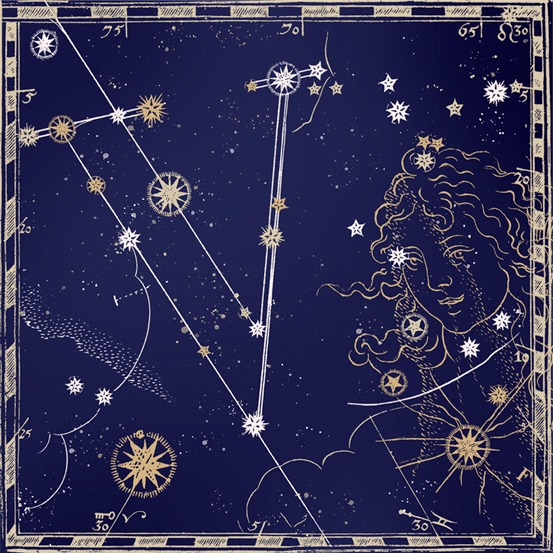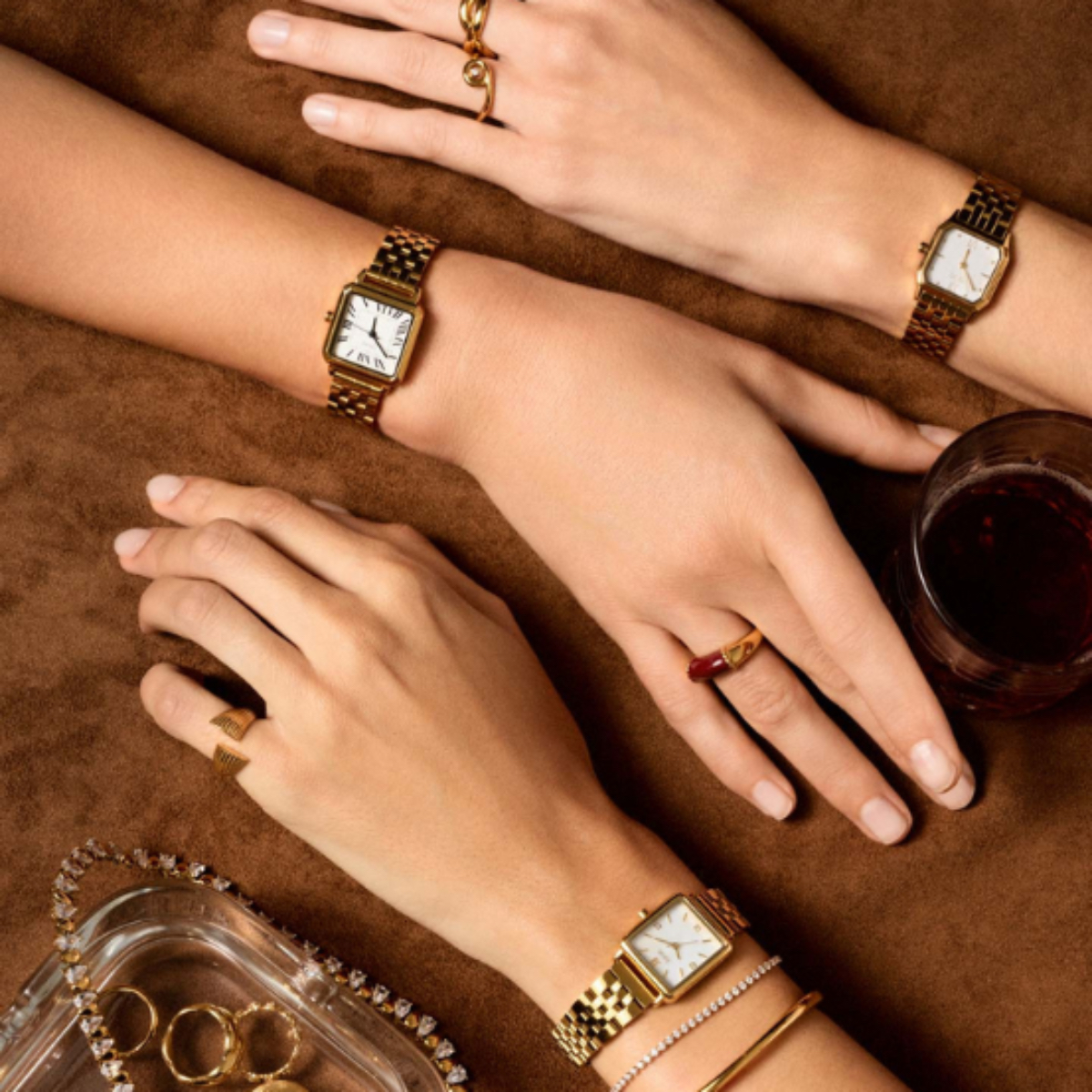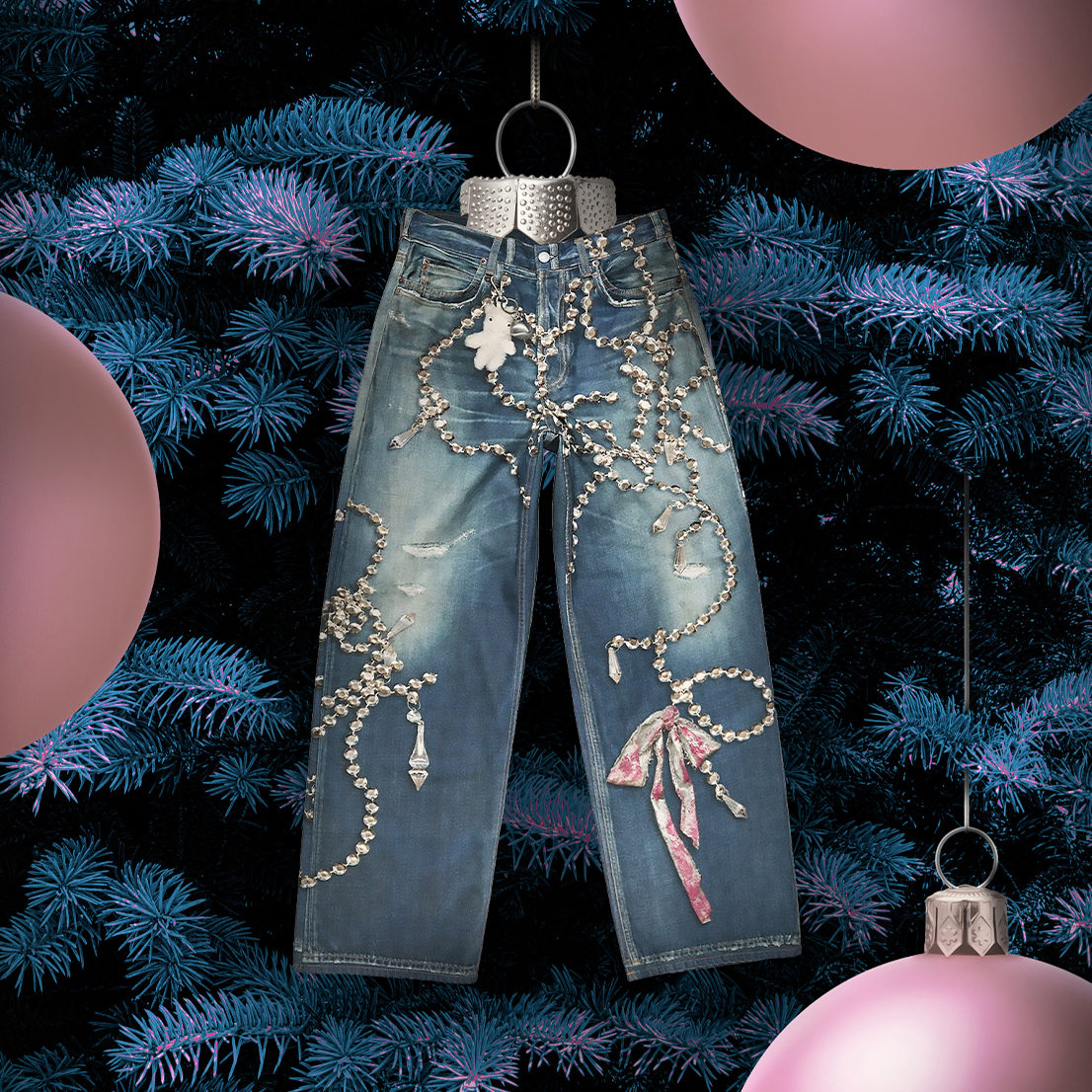What's Next
It was my mother's most annoying question. After dinner, she would ask us what we wanted for lunch the next day. Now that I'm the one preparing the meals in the house, I understand her. And we should never get angry with our mothers. Because the day is inexorable when this will no longer be possible. And we'll still have to have lunch. And what? Only the future will tell. Let's Vaticinate, then.
It's more or less certain that the most defining moment in the history of man's diet is the one when a group of profusely hairy young men decided to use the newly discovered fire to cook their game. The hardest part is getting eyewitnesses or even documents to prove it. But it's easy to imagine the satisfaction within the group of Neanderthals who tasted a grilled buffalo leg for the first time instead of having to tear it apart with their protruding canines: “Ah, yes, this is much better than that raw wild boar we shared the other day,” might have exclaimed Neanderthal Zé (fictitious name), under the watchful eye of Neanderthal Carlos, who might have replied, ”Speak for yourself, I got the liver and it was very tender! ”, while Neanderthal Ricardo, the gourmand of the group, confined himself to exclaiming, with a very serious look, “When we discover sodium chloride, which we commonly call salt, that's what it will be”. It is precisely in order not to give rise to speculation that, when it comes to the great steps taken by humanity towards the next level of food, we have chosen a well-documented episode that tells of the introduction of a product, very strange at the time, into the daily consumption of humans on the Old Continent. What's more, this story took place in a milieu whose cuisine is the best known in the world for its complexity, La France, since not even the more or less propagandist marketing of social networks has managed to make Italian cuisine the most talked about and discussed, either because it's a sin to break spaghetti or because pizza that isn't Margherita isn't pizza. So, ladies and gentlemen, here comes the potato. It's said that 1570 was the year that the conquistadors from next door brought it from distant Peru and northern Bolivia, at least the specimens that have survived. Over there, the more than five thousand species of Solanum tuberosum, including red, purple, orange, yellow, completely white and even bicolored, which take on countless strange shapes, are planted in the Andean region, between 3,000 and 4,500 meters above sea level. The varieties we buy in the supermarket or even those we order “from the land” are the adaptation of species that have managed to survive, evolving to do so, and that's why even today we can judge the quality of a restaurant serving ceviche by the tubers used to make it, which have to be imported like airplane mangoes or bananas from Colombia. Subsequently, the potato made its way to Italy and its various bordering states and kingdoms, and only then to France and Germany. The first record of its planting is, a few years later, in Saint-Alban d'Ay, in the Ardèche region, where it is still called Truffoles in the local dialect, i.e. “Trifolhas” because the exotic branch has, amazingly, three leaves. The second entry into Europe, in the mid-16th century, was in England by the hand of Raleigh. It was from there that it set out to “colonize” North America. When it entered France in the 16th century, under the name of cartoufle, by Charles de l'Escluze, it was repudiated for many years and reserved for feeding livestock, especially pigs (which is a bit weird), unlike the rest of Europe, which had been struggling with the famine caused by the Thirty Years' War since 1618. It was then, in the 18th century, that Antoine-Augustin Parmentier, an agronomist, nutritionist, hygienist and pharmacist in the French army, studied the nutritional virtues of the potato while he was a captive in Prussia. He recommended it in order to solve the problem of hunger, which was endemic in France at the time, and even planted them on the outskirts of Paris, and even got the king to order soldiers to watch over these cultivated fields during the day. But at night, and at the behest of Parmentier himself, the inhabitants would steal the tubers, which ensured a brilliant publicity for them. The epitome of all this? In 1785, Parmentier hosted a lavish dinner for the king, queen and court, the entire menu of which consisted of potato dishes. Imagine the conversations among the diners when they saw that they were only served what was commonly given to pigs: “This one must think we're his couchon and... Oh la la ça c'est bon, Notre Dame, eh?”. The success was such that, from that day on, the venerable Solanum tuberosum became one of the staples of the European diet. Except for my mother, who only eats rice or, if it's with grilled fish, salad. Because “potatoes make you sleepy”. It's thin. Or from Alentejo. Which means she's eaten too many potatoes all her life, for the aforementioned reasons.
Here, on the Margem SOL, we've always been the masters of nicknames - they were given to us in childhood and, this is a delicate subject, there was no bodyshaming or bullying here because, in fact, there was nothing derogatory about them. To the extent that no one disliked O Gordo (he always goes for goal), Canina, the glasses case, the thin one, the pliers-legged one, the chinky one or the puffy-tailed one (me). We grew up together, we became men and we usually meet, if we don't get together for a meal beforehand, in the same places as always. One of those kids, precisely The Fat One, who ate as if he might never do it again tomorrow, had the misfortune to say one day that he hated eating because it was a waste of time, time that could have been spent joking: “I can't wait for this to be like in the space movies, it's one pill and that's it. Yellow for bacalhau à Brás, green for boiled fish,” I remember detailing. And I remember that someone asked him if there would also be a Bitoque pill, and then the dance really stopped: “Nanaaaa, that one stays as it is”. Today he's the thinnest of us all, champion of all half marathons and full marathons too. But that's what was going through our foolish little minds. The future of food meant spending the time we spent eating on a more “productive” activity from our perspective, like cycling. It was the times. The 1980s coincided with the beginning of the customary “lunch at the stainless steel counter” of any snack bar, which shocked my parents, for whom mealtimes were sacred, whether it was lunch or dinner. Hollywood gave us the yuppie image, the young man with money because he was a workaholic on the New York Stock Exchange. And this young man would eat two triangles of sandwich for lunch, perhaps a hotdog from a New York trolley on his way to something very important, with a briefcase in his hand and a stylish backpack, ending the day with a slice of extra-fat pizza on the go and, voilà, he would have dinner and be ready for bed in his loft with its white-painted donkey brick interior. This was how the time that was to slip through our fingers was imagined. And so it was. We don't have it. Time. Even our children are training in everything and anything, in a desperate attempt to prevent them from being in front of screens or fighting the sedentary lifestyle that will only take hold because the overwhelming majority of the jobs they will have will be spent at a desk, robbing them of all the time they have and sucking up all the energy they have left, which is little, despite the carbohydrates. Having said that, the reality that was dystopian a few years ago and now lies in our lap, has come up with the maxim “we are what we eat”, followed by the epithet “healthy food” as a way of blocking the path that has led, and continues to lead, to all the ills that have befallen us. We've tried everything to avoid dying of obesity or the rest that sedentary lifestyles lead to. Natural or Integral Food (unprocessed, fresh and whole foods), the recently revived Mediterranean Diet, declared Intangible Heritage of Humanity by UNESCO (olive oil, vegetables, fish, whole grains and fruit), the Plant-Based Diet (based on plants, with a focus on sustainability and reducing environmental impact), Veganism and the belief of its followers that they will make this world a better place, Organic Food, without fertilizers or GMOs, the Low Carb Diet to control weight and regulate blood sugar, the famous Paleo Diet, based on the diet of our hunter-gatherer ancestors who relied on animal protein and vegetables for their sustenance, the Ketogenic (or Keto) Diet, which is high in healthy fats, moderate in protein and almost zero in carbohydrates (which causes fat to be burned as a source of energy), Functional Nutrition, which adopts foods based on their properties (yogurt as a probiotic, garlic as an anti-inflammatory or chia seeds as rich in omega-3), Macrobiotics and its energetic balance of foods accompanied by a simple and natural lifestyle, Ayurvedic Nutrition and its belief in doshas (body types) with the aim of balancing the body and mind through food, Mindful Eating, the principle of which is to emphasize paying full attention to what we eat so that we appreciate food more and thus avoid excesses, all of which have been and continue to be the result of many dietary mistakes made over the last few years, and it's important to point out that it wasn't the consumer's fault. The pursuit of profit by the food industry, some very obscure interests and, of course, marketing and advertising are the main culprits for what we, mere pedestrians who are here “going about our lives”, are suffering at the moment, in addition to the almost improbable paradoxes of average life expectancy having increased substantially while cancers and strokes are raging in younger and younger people and this exasperating fight against sedentary lifestyles and overweight when half the world is fighting malnutrition. It's like a movie depicting a dystopian reality or, as David Lynch would say, “Oh what a time to be alive if you love the theater of the absurd”.
But what is lunch tomorrow anyway? In the opinion of those who know, because they haven't been in this life since yesterday and attend training courses that allow them to keep up to date with the trends that may dictate the future, opinions are almost unanimous. Chef Xana Caetano, from Tertúlia Algarvia, says that “trends are like everything else in culture, two paths that generally go in parallel without touching each other. One aims to return to the origins, with vegan, regenerative and zero waste cuisine, and the other aims for scientific and technological innovation, with synthetic proteins and functional cuisine, for example.” Rodrigo Meneses, whom we can't call a chef because he considers himself a foodie, but I do what I want with my texts, thinks that the path of no return lies in plant-based meat, which is already available in supermarkets: “Vegans and gluten-free people are here to stay. Even Burger King and McDonald's have got on board this train, which is running at full speed to give the idea that it's healthy. Now if a burger that tastes like meat but isn't meat is healthy? I don't see where. Let's also talk about Green Events, which has existed since 2014 and is a symptom. Its mission is to prepare the food industry for the future in a very particular field: music festivals. Because most of them are attended by those who will have the world of tomorrow in their hands. Starting from the emergency (which does exist), it identifies, analyzes and addresses the questions we are being asked today so that there are future regulations. They do strategic consulting, (inter)national impact programs, education and knowledge sharing, all so that the right impact can be achieved. From their perspective, and since we're talking about events that move millions around Europe: “music and culture festivals can be catalysts in the transition to a regenerative food system in order to mitigate climate change and increase local biodiversity. We are deeply rooted in the European festival industry, facilitating sustainability, social change and innovation in the sector. Together with a regenerative partner and 10 festivals, we joined forces and created regenerative dishes at them.” The best practices resulting from this process are then shared with professionals in the sector, which is attended by many renowned chefs, so that they can replicate this in their restaurants, many of which are famous for their responsible practices. Unilever itself, a consumer multinational based in London, in its report entitled Menus of the Future for Today's Chefs (2023), points out the Eight Main Global Menu Trends based on the identification of the main drivers for the coming years. After studying 178 trend reports analyzing 44,000 consumer occasions in more than 15 countries, thus representing major changes in the world that will remain with us for some years to come, they then arrived at the following menus: Irresistible Vegetables, Modernized Comfort Food, Low-Waste Menus, Wild and Pure, Contrast of Flavours, Food to Feel Good About, The New Sharing and Conscious Proteins. Each of these has four recipes. But we can't reveal those, otherwise we'll spoil the surprise the next time we go into a well-known restaurant. The truth is that society has really changed its consumption. Whether this is due to advertising and marketing is not for us to dictate. But the offer will adapt. So let's get ready for the emergence of lab-grown meat, vertical and urban farming, food per- sonalization, precision nutrition, 3D-printed food, insect protein and, if we don't watch out, restaurants where Artificial Intelligence thinks, creates and serves the dishes. Because when we talk about “consumer trends” we don't mean something abstract, we mean what each of us is looking for. We all count. And from that perspective, let's not forget that just yesterday we had people at the checkouts in supermarkets and today we're the ones who, after spending so much money there, still have to work for them, because nobody swipes the barcodes on the sensor for us. I haven't seen anyone shocked by this. It's a sign that we were “asking for it”. And you have to be very careful what you wish for.
Originally published in Vogue Portugal's What's Next Issue, from December 2024. Full credits and stories in the print issue.
Most popular
.jpg)

Relacionados
.jpg)
.jpg)





